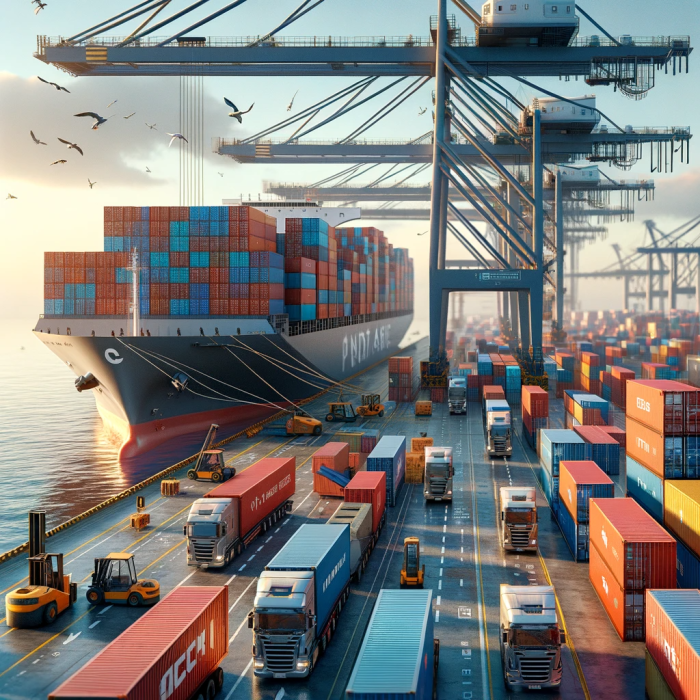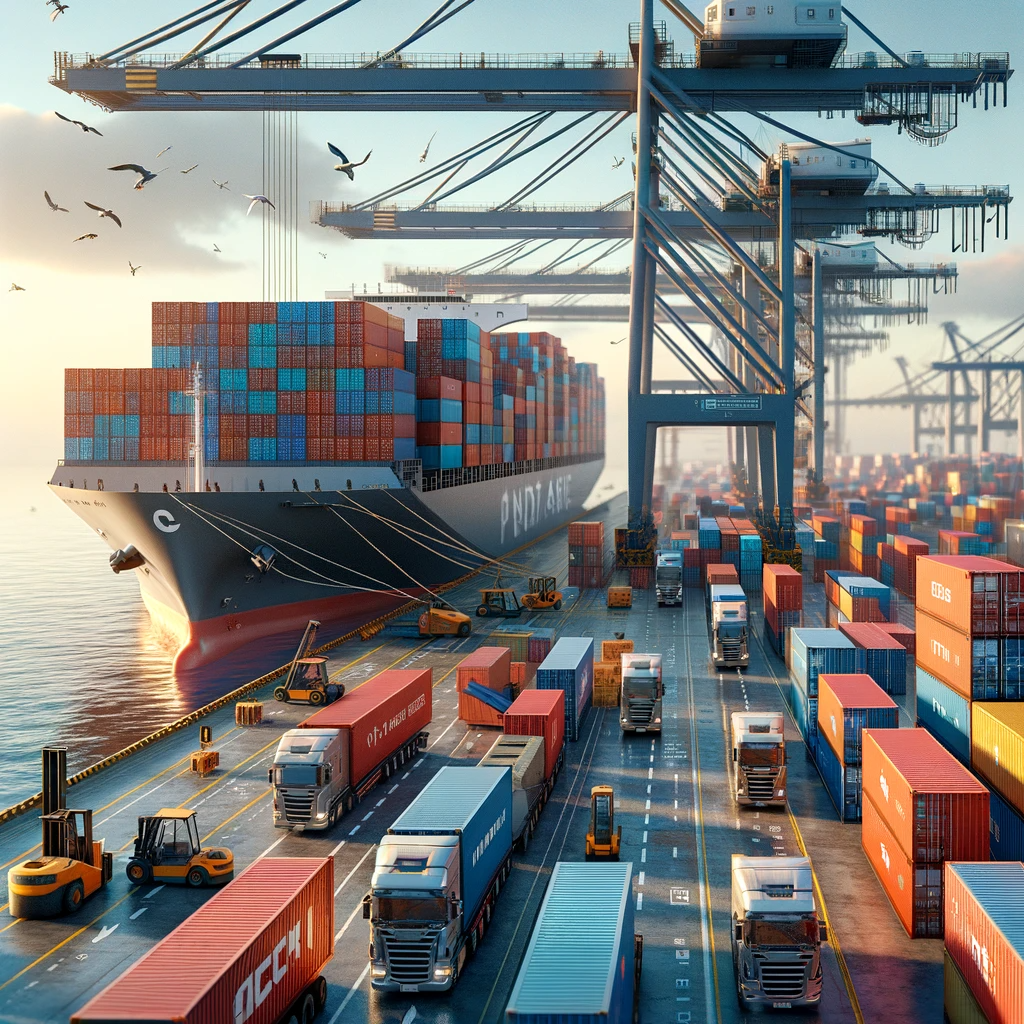Welcome to the world of e-commerce, where borders are no longer barriers!
International logistics is not just a part of e-commerce, it's a key factor in its growth in today's fast-moving market. In Europe in particular, we've seen a fantastic leap in e-commerce. Cross-border sales are expected to grow by over 30% by 2025. This growth will be driven by the smooth customs processes in the EU and a growing demand for global products, according to our insights at e-Log Services. Thanks to efficient cross-border logistics, a small artisanal cosmetics producer in France is now can find a growing market in Eastern Europe.
Whether dealing with large cargo or small packages, and regardless of the distance, three elements are paramount: delivery speed, cost, and condition of goods upon arrival.
The Core of Cross-Border Logistics:
At its heart, cross-border logistics involves managing complex supply chains and ensuring compliance with various international standards including legal and tax requirements. Consider the case of a German electronics manufacturer that uses rail for heavy components but air freight for delicate sensors, optimizing cost and delivery time.
The European Perspective:
The recent increase in cross-border transactions within Europe, exceeding 30%, highlights the region's potential. Small and medium businesses benefit from the EU's harmonized customs procedures.
Cross-border logistics involves more than just moving goods from one location to another. It encompasses complex elements such as customs duties, operating hours at borders, track records, and necessary transportation documentation. The challenges encountered vary depending on the travel distance and the countries involved, particularly when dealing with non-affiliated countries (the European Union being an exception).
Local vs. Cross-Border Shipping:
Each has its perks in Europe. Local shipping is quick and cost-effective, but cross-border shipping opens up a whole new world of customers. By using local services smartly, we're also helping our planet with shorter travel routes.
Strategic Implementation:
Effective strategies for European markets involve detailed planning and adaptability. A Belgian chocolate brand, for instance, might start by testing its products in the French market before scaling up operations based on customer feedback and sales data.
The role of reliable partner:
Having the right logistics partner in Europe can make a world of difference. Here at e-Log Services, we're all about fitting into Europe's diverse logistics needs. We we understand the twists and turns of EU rules, making it easier for businesses, especially those outside the EU, to find their way in this market.

Top Tips for European Cross-Border E-Commerce:
-
Know Your Market: In Europe, it's all about understanding what each region wants and delivering it quickly and sustainably.
-
Balance Your Logistics: Mix your in-house efforts with outsourced services that meet Europe's strict environmental and legal standards.
-
Test Your Markets: Start small in new EU markets, focusing on eco-friendliness and efficiency.
-
Learn and Adapt: Keep an eye on European market trends and tweak your strategy to stay on top.
-
Grow Sustainably: Embrace green practices and evolve with EU rules for long-term success.
Conclusion:
Cross-border logistics is not just a logistic necessity but a strategic tool for growth, especially for small and medium businesses in Europe. By effectively utilizing cross-border logistics, businesses can unlock new market potentials and achieve greater success.
Dive into the world of cross-border logistics with e-Log Services. Whether you're a small artisan producer or a growing medium-sized enterprise, discover how you can expand your reach and grow your business in the European market.






